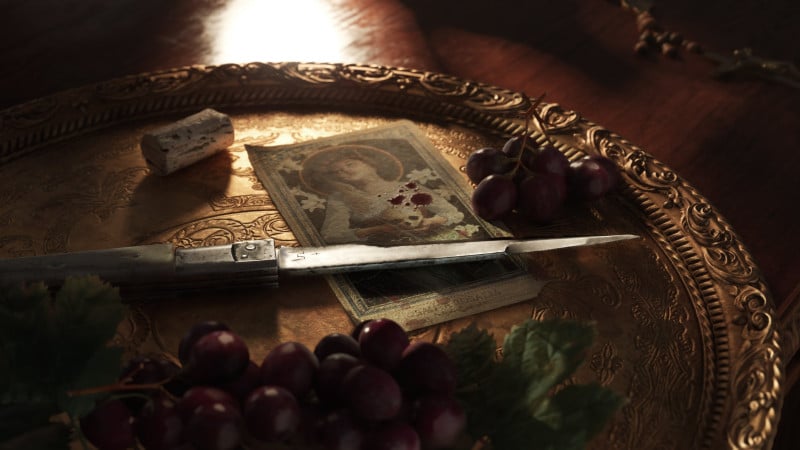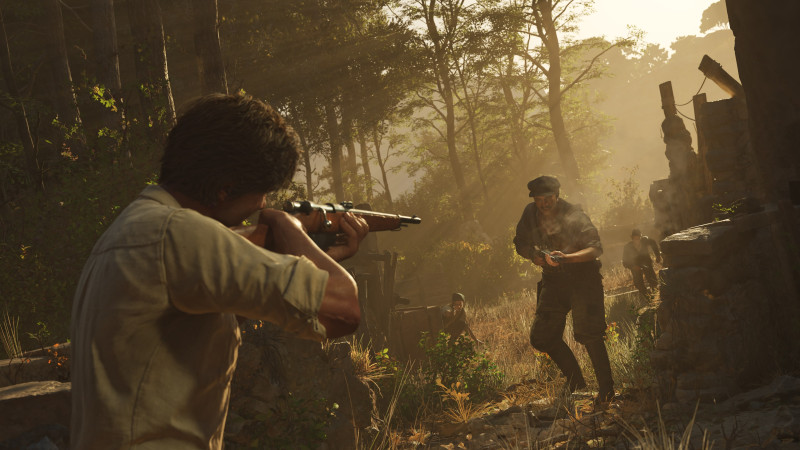Mafia: The Old Country, on paper, contains a lot of promise for the series. It’s a return to linear form, eschewing the biggest problem with Mafia III; it brings players to the earliest period of this series’ timeline; and it’s set in the mafia homeland of Italy, refreshing the formula with Sicilian countryside instead of East Coast metropolis. Though it’s a beautiful game, with an excellent Sicilian dub to boot, it unfortunately leaves a lot on the Don’s table, failing to rise to the promise of its premise. Its story is fun and serviceable, but predictable and devoid of any surprise. And its gameplay is repetitive and will leave you yearning for something more, much like the rest of the game.

After an entertaining prologue setting up Enzo’s backstory and desire to become something more, something bigger, in Sicily, The Old Country begins to paint by numbers narratively. Enzo stumbles into the sights of Don Torrisi, completes enough satisfactory tasks, and is welcomed into the family with a blood oath and a promise of loyalty. That may sound conceptually enticing, but mechanically, this spells out repeated quests that have you take a horse or car here, then talk to someone, then get back to your mode of transportation, and then talk to someone else. Occasionally, you’ll engage with some enemies, which is where The Old Country tries its best to shake up the series’ mechanical formula to middling results.
Unlike the previous three Mafia games, our protagonist is exceptionally stealthy, relying on knives to do his dirty work for the most part. This means for much of the gameplay outside of traversing Sicily’s beautiful vistas, you’re sneaking around from cover to cover, quietly choking enemies or outright knifing them to death. The biggest challenge in these scenarios is that sometimes two enemies are close by; simply toss something in their vicinity, though, and one of them will go after it, making their sequential takedown a boring breeze. It’s too easy, representing the most basic of what stealth games are capable of, and it doesn’t escalate in any meaningful way from there.

Shootouts are more enjoyable – it’s fun blowing enemies to bits with a shotgun than slowly choking enemies out when there’s little friction or difficulty in either scenario – but even these grew stale in record time. It’s these shootouts where I missed the urban environments of the other Mafia games, as they presented more engaging setpieces. While I love looking at early 1900s Sicily, its dilapidated buildings and destroyed Roman-Grecian ruins weren’t nearly as interesting as playgrounds for Enzo’s seedier deeds.
Occasionally, boss fights shake up the gameplay, but as each one is a rinse-and-repeat knife duel, I grew tired of these early. They’re predictable, and none of them feel different enough to justify just how many there are. I appreciate developer Hangar 13’s attempt to infuse knife play into this setting instead of Tommy guns, but much like most every aspect of The Old Country, it fails to rise to the promise of what could be.
Highlights include the sightlines of Sicily, beautiful cutscenes, an excellent Italian dub (using the vastly different Sicilian dialect, much to my surprise), and the occasional exciting setpiece. But the rest of the adventure doesn’t come close to these heights.
The Old Country isn’t bad; it’s also not great. Perhaps most depressing, it’s simply fine, inoffensively so. There’s nothing in here you haven’t seen elsewhere, cast included. And worse yet, probably done better. For all the great prequels out there, The Old Country is proof that going backwards isn’t always an interesting way forward.




